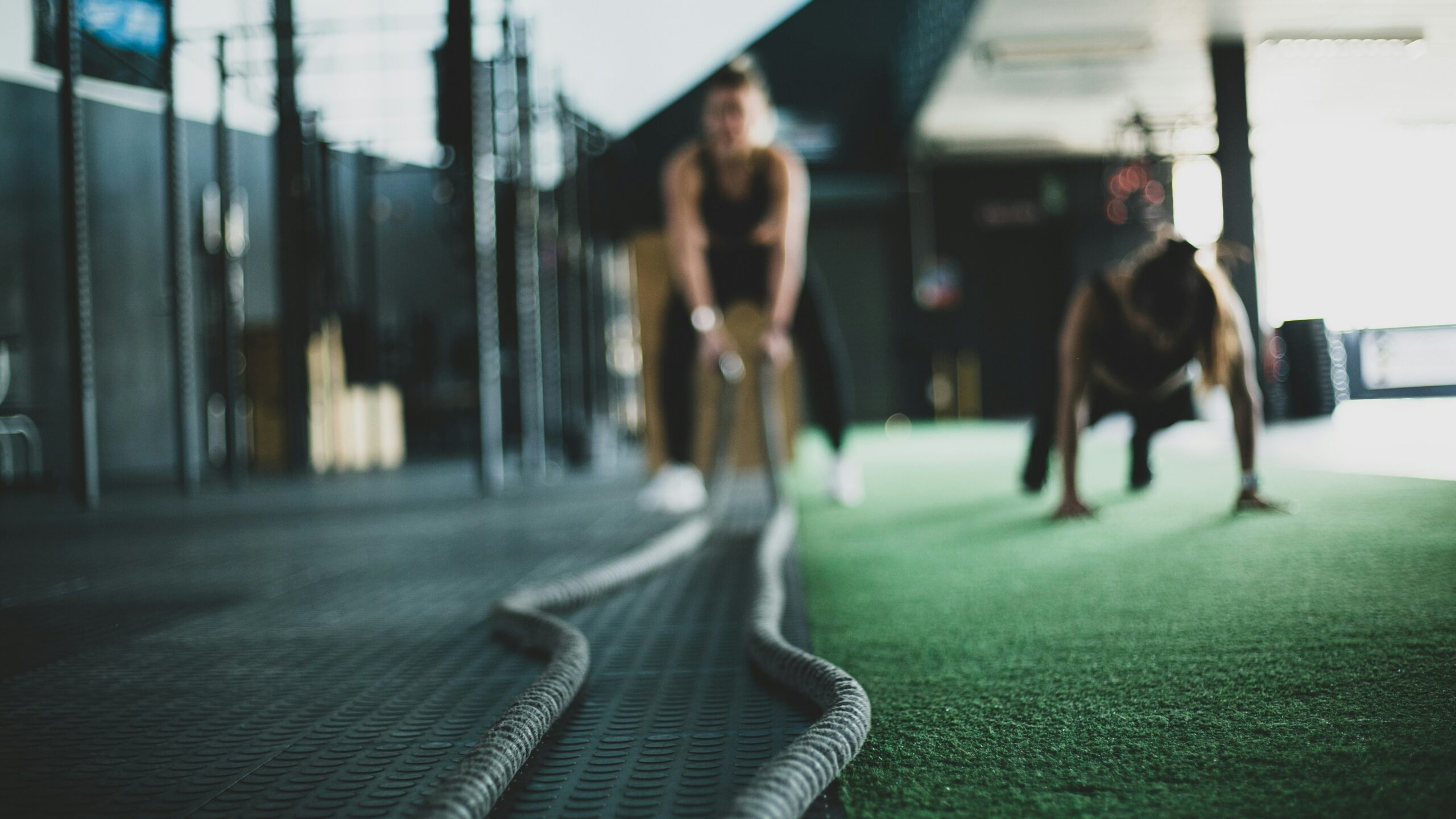Introduction: The Power of Movement
In the world of sports and fitness, we often chase the next big breakthrough—be it a cutting-edge training program, a revolutionary piece of equipment, or the latest fad diet. Yet, amidst this relentless pursuit, we tend to overlook an invaluable resource that lies within us: mindful movement. It’s funny how we sometimes need to step back to realize that the answer to unlocking our potential may not be in the next shiny gadget, but rather in how we connect with our own bodies.
Understanding Mindful Movement
So, what exactly is mindful movement? At its core, it’s about being present and aware of our bodies as we engage in physical activity. While it may sound simple, the practice encompasses a profound shift in how we approach our workouts. Instead of mechanically going through the motions, we can learn to listen to our bodies, tune into our breath, and cultivate a deeper connection with our physical selves.
Historical Context: A Journey Through Time
Mindful movement isn’t a new concept; it has roots in ancient practices such as yoga and tai chi. These disciplines emphasize the importance of breath, balance, and awareness. I recall my first yoga class—I was more focused on not toppling over than finding my center. Yet, as I continued to practice, I began to appreciate the tranquility that comes from aligning movement with breath.
The Science Behind Mindful Movement
Research has shown that mindfulness can enhance athletic performance and overall wellness. A growing body of evidence suggests that athletes who incorporate mindfulness practices experience lower levels of stress, improved focus, and reduced injury rates. A study published in the “Journal of Sports Psychology” indicated that athletes who practiced mindfulness were able to maintain concentration during high-pressure situations, leading to better performance outcomes. It struck me that the mental game is just as crucial as physical training.
How Mindfulness Affects Performance
Mindful movement can lead to several key benefits that enhance athletic performance:
- Enhanced Focus: Mindfulness helps athletes concentrate on their current task, reducing distractions.
- Improved Body Awareness: Athletes become more in tune with their physical sensations, leading to better technique and form.
- Stress Reduction: Mindfulness practices can lower anxiety levels, making it easier to perform under pressure.
- Injury Prevention: By listening to their bodies, athletes can identify potential issues before they escalate into injuries.
Practical Applications: Incorporating Mindful Movement into Training
Alright, let’s get down to the nitty-gritty. How can you actually incorporate mindful movement into your training regimen? Here are a few practical strategies that I’ve found helpful:
1. Start with Breath Awareness
Before diving into any workout, take a moment to focus on your breath. Inhale deeply through your nose, allowing your abdomen to expand, and exhale slowly through your mouth. This simple practice can ground you and set a positive tone for your session.
2. Slow Down
In a world that glorifies speed, slowing down can feel counterintuitive. Yet, taking your time during workouts allows for greater awareness of your body’s movements. I remember when I took up Pilates, and the instructor constantly reminded us to “move with intention.” It felt like a revelation—suddenly, I was not just exercising; I was engaging in a conversation with my body.
3. Tune In to Your Body
As you move, pay attention to how your body feels. Are there areas of tension or discomfort? What movements feel good? (And let’s be honest, which ones don’t?) Listening to your body can lead to more effective workouts and a reduced risk of injury.
4. Maintain a Positive Mindset
Mindfulness is also about cultivating a positive mindset. Instead of fixating on performance metrics or comparing yourself to others, focus on your own journey. Celebrate small victories—maybe you finally nailed that push-up form you’ve been working on for ages. I can’t tell you how many times I’ve felt like a superhero after a particularly good workout, even if it was just me and my living room.
Mindful Movement in Different Disciplines
Mindful movement isn’t limited to yoga or Pilates; it can be applied across various sports and fitness disciplines. Here’s how:
1. Running
Runners can enhance their experience by practicing mindfulness during their runs. Instead of zoning out with music or focusing solely on pace, try to connect with your surroundings—the sound of your feet hitting the pavement, the rhythm of your breath, and even the smells of nature (or, let’s be real, the occasional whiff of something less pleasant). A runner I know swears by this practice, claiming it transformed her runs from a grind into a meditative escape.
2. Weightlifting
In weightlifting, mindfulness can lead to better form and technique. Instead of mindlessly pushing through sets, focus on each rep. Visualize the muscles you’re engaging, and concentrate on your breath. I once witnessed a friend lift more than he thought possible simply by being fully present during his sets. It was a light bulb moment—mindfulness can indeed lead to breakthroughs.
3. Team Sports
In team sports, mindfulness can improve communication and collaboration. Players who practice mindfulness may find themselves more attuned to their teammates’ movements and intentions. Imagine a soccer player who can anticipate their teammate’s next move simply because they’re fully present in the moment—now that’s a game-changer!
Mindfulness and Recovery
Recovery is a crucial aspect of any training regimen, and mindfulness can play a significant role in this process. Taking the time to reflect on your workouts and how your body feels can help you make informed decisions about recovery strategies. After an intense workout, consider incorporating gentle movements like stretching or yoga, focusing on how each stretch feels.
Journaling as a Mindfulness Tool
Keeping a fitness journal is another excellent way to integrate mindfulness into your recovery. Jot down your thoughts on how your body feels after workouts, what movements resonated with you, and any areas of improvement. I’ve found that this practice not only enhances my self-awareness but also allows me to track my progress over time—sort of like a personal coach on paper.
The Role of Coaches and Trainers
Coaches and trainers play a pivotal role in fostering a culture of mindful movement. It’s essential for them to encourage athletes not just to push harder but to focus on how they’re moving. A good coach will emphasize the importance of form over speed, reminding athletes that quality trumps quantity.
Creating a Mindful Training Environment
Establishing a training environment that promotes mindfulness can have a ripple effect. Whether it’s incorporating breathing exercises into warm-ups or encouraging team discussions about mental well-being, these practices can create a supportive atmosphere. I remember attending a workshop where the coach led us through visualization techniques before a big game. It was enlightening to see how focusing our minds could enhance our performance collectively.
Challenges and Misconceptions
As with any practice, there are challenges and misconceptions surrounding mindful movement. Some athletes may view mindfulness as “fluffy” or unnecessary. However, dismissing it means missing out on a powerful tool that can enhance performance and overall well-being.
Overcoming Resistance
One challenge that often arises is resistance to slowing down. In a fast-paced world, it can be hard to justify taking time to breathe and reflect. However, it’s essential to recognize that slowing down can lead to more significant gains in the long run. I’ve had my fair share of moments where I thought I was too busy to focus on mindfulness, only to find that those moments of reflection were what I needed to recharge.
Conclusion: Embracing Mindful Movement
As we wrap up this exploration of mindful movement, it’s clear that this practice holds immense potential for athletes and fitness enthusiasts alike. By cultivating awareness, listening to our bodies, and embracing a positive mindset, we can unlock new levels of performance and well-being.
In a world that often prioritizes speed and intensity, let’s not forget the power of being present. Whether you’re hitting the gym, running a marathon, or playing your favorite sport, remember that mindful movement is about more than just physical exertion—it’s about connecting with yourself and unleashing your true potential. So, the next time you lace up your shoes, take a deep breath, and embrace the journey ahead. Who knows what you might discover within yourself?




